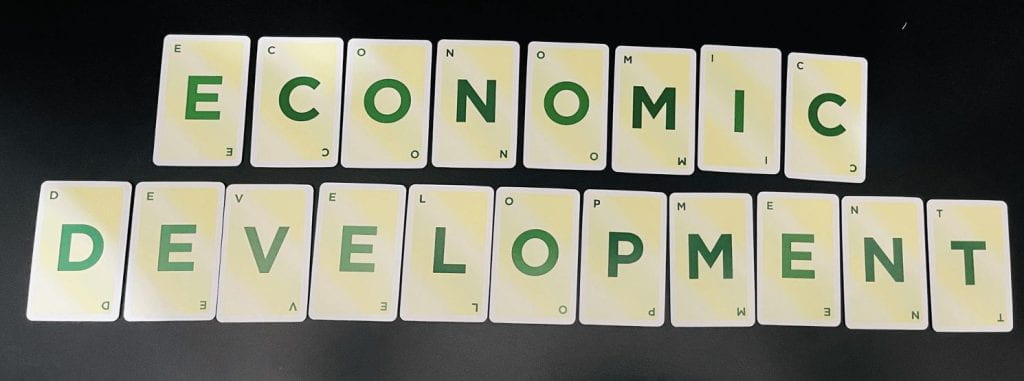Guest Blog by Abdi Aguirre, LEG ’22
When I enrolled in the Leading Economic Growth Program of the Harvard Kennedy School, I thought that I was clear about the economic challenge I wanted to address along the course. As part of the admission process, they ask you to write some lines about it, so I believed that what I had stated there was a good starting point. However, after the first weeks in the program I realized that addressing such economic challenges is not a merely a “complicated journey,” but a “complex task;” in the first one you just have to follow a certain path or set of instructions to solve it (solution-oriented approach), but the second implies an iterative process to address the problem.
When talking with colleagues from my work group we all faced that iterative process in practice. Every week we had to adjust the definition of our economic growth challenges, it turned to be a continuous learning process for understanding what the real problem was. As a result, some of the main takeaways of the course lay around problem construction (and deconstruction!): it is important to ask the right questions to get to the roots of the problem, and some tools like the fishbone diagram are useful to have a better understanding of it.

One has to keep in mind that this can be a data-intensive process, but the use tools such as the growth diagnostics, help to identify what are the real constraints that are limiting growth in a country. By the way, I was really excited to know that this methodology was first developed for El Salvador by professors Ricardo Hausmann and Dani Rodrik.
In terms of how to jump from diagnostics to practice, I found really useful the approach of identifying small entry points to start making some progress toward the solution of the problem, rather than trying to implement a 5-year strategy or trying to comply with a set of predefined “desirable policies”, which tend to be the most common approach that governments follow. The practice has been to pursue policies to improve doing business rankings for instance, or building infrastructure to trigger economic activity only to find out this was not the real constraint for economic growth. I am certain that all lessons about PDIA (Problem based iterative adaptation) method lectured by Professor Matt Andrews will be a useful tool to address complex matters going forward.
Last but not least, I can say that the whole course has challenged some traditional conceptions and approaches to economic growth. I found of particular interest, the reflections of professor Ricardo Hausmann regarding the “Scrabble theory”, a metaphoric and ingenious way of thinking about development: a country can grow by accumulating capabilities (the letters in Scrabble game!) which allows it to develop not only more activities but more complex activities (more words and longer words!).

It has definitely been a 10-week journey full of new learnings from other countries cases and experiences, and I am sure this learning will continue with the implementation of the given tools.
This is a blog series written by the alumni of the Leading Economic Growth Executive Education Program at the Harvard Kennedy School. 71 Participants successfully completed this 10-week online course in May 2022. These are their learning journey stories.
